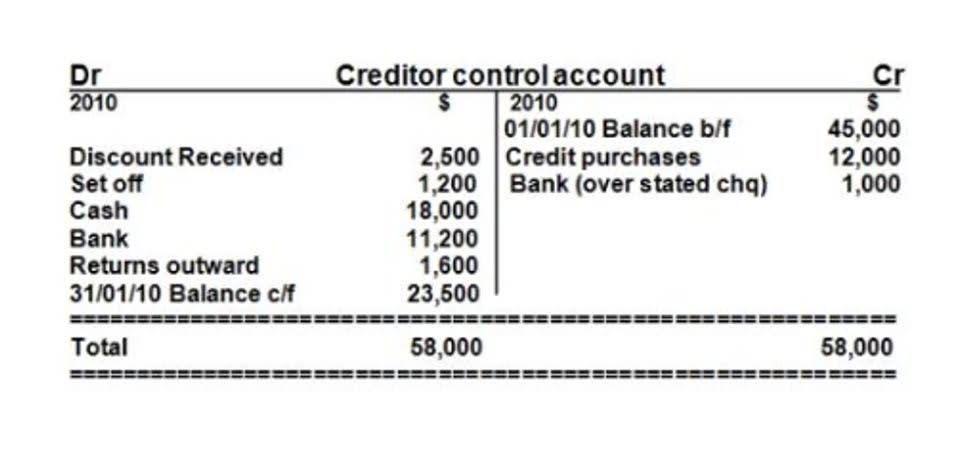
If shareholders were victims, corporations could not possibly raise additional capital through new stock offerings. Berle and Means challenged the legitimacy of giant corporations when they charged that corporate officers had seized or usurped control from the owners—the shareholders. As noted, the distinctive feature of corporations is that investment and management are split into two functions. Corporate officers, they claimed, had usurped authority, aided and abetted by directors who should have been the shareholders’ agents and protectors. No logical necessity links partnerships with unlimited liability or corporations with limited liability. Legal rules do not suddenly spring into existence full grown; instead, they arise in a particular historical context.
- Although specific details regarding the transfer of ownership depend on the governing agreement in the bylaws and articles of incorporation, ownership of this entity type is often easy to buy and sell.
- The microeconomics study focuses on consumers, households, and companies’ choices regarding manufacturing, costs, and expenses.
- In the United States, the Tax Cuts and Jobs Act of 2017 reduced the federal corporate tax rate to a flat 21%, aiming to enhance global competitiveness.
- Discover tools, tips, and strategies to build a budget that drives success.
- For instance, large corporations play an important part in drafting international trade and investment agreements.
- In conclusion, business economics is a dynamic and interdisciplinary field that plays a vital role in guiding business decision-making and strategy formulation.
Complex Management
Tom is currently a Visiting https://thedemocratnews.com/2025/06/19/revenue-recognition-principle-definition-methods/ Lecturer in the department at the Brooks School of Public Policy. Prior to Cornell, Tom worked as a Lecturer in the department of economics at the University of Chicago, and held various manufacturing positions in Canada, New York, and South Carolina. The trade wars between the U.S. and China, the pandemic, rising nationalism, and regional wars have upended earlier investment patterns, just as they have billions of lives. We seem to have entered a new chapter, perhaps, in the history of the multinational corporation. Global FDI flows have declined significantly as a share of GDP from a peak of 5.3% in 2007 to 0.7% in 2023 (latest information), and this drop has disproportionately affected emerging markets.
#5 – Wealth Management

The management discipline focuses on a number of principles that corporation economics aid the decision-making process of organisations. It’s important to weigh the advantages of structuring a business as a corporation with the time and resources required to keep it running. These documents are filed with the state secretary (or equivalent department) and legally establish the corporation’s existence. A corporation is a type of business that the law treats like a single person.
The role of the modern corporation
Post World War II, the field expanded to include new theories and tools like cost analysis and market strategies. This evolution reflects an ongoing commitment to understanding and addressing the dynamic challenges faced by businesses. Business Economics is the application of economic theory and methods to the analysis of business decisions. That means it is the study of how businesses use resources to produce goods and services and how they interact with the markets in which they operate. It also includes the study of how businesses make decisions about pricing, finances, production, and investment. If these firms had initially been partnerships, then the general partners could have accepted outside investors as limited partners without running any risk of losing or diluting their control over decision making.
- Macroeconomic principles, on the other hand, consider the broader economy.
- However, most have multiple shareholders, as with publicly traded corporations.
- Even though corporations are vital engines of economic growth, they also face criticisms regarding their environmental impact, influence on public policy, and the concentration of wealth and power.
- They elect themselves or their nominees to the board of directors and then elect themselves as corporate officers.
- U.S. states competed to offer favorable incorporation laws, helping fuel rapid adoption.
- Imagine that a firm is the sole producer in a market, i.e., a monopolist.

They may also take advantage of lower tax rates in countries eager for FDI, and critics point to their propensity for developing monopolies where they operate. Microsoft is the largest company and multinational company in the world by market cap. Companies like Standard Oil, Ford, and Coca-Cola were among the forerunners in expanding their operations globally while amassing revenues on par with entire nations. Multinationals permeate nearly every aspect of our modern lives while wielding a staggering influence politically and economically, with more than a quarter of American workers employed by one. Let us understand the benefits of public or private corporation examples through the points below.
In the 19th century, general incorporation laws in the United States and Europe made it easier to form corporations without a special legislative charter. U.S. states competed to offer favorable incorporation laws, helping fuel rapid adoption. Large capital-intensive projects—especially railroads—depended on the corporate form, which in turn supported massive industrial expansion in steel, coal, and other sectors. NABE’s mission is to advance the practice of economics and the application of economic principles for the greater good. The corporation has been defined in many ways as interpreted by individuals; however lawyers and economists call it a nexus of contracts.
These distinctions enable corporations to tailor their capital structure to attract different types of investors. Securities laws govern the issuance and trading of stock to ensure transparency and fairness. The use of business economics principles helps reduce the risk and uncertainty of the future. The profit maximization risks are first studied and analyzed with the help of business economics. It helps to set appropriate prices for various products by using available pricing techniques. It helps to analyze the effects of various government policies on business and make the right decision.
Factors considered include financial costs, time, labor, and opportunity costs. By systematically weighing these elements, businesses can make informed decisions that enhance operational effectiveness and achieve strategic goals. Corporations wield substantial economic influence, creating space for innovation, jobs, and market expansion. Nevertheless, corporations can face moral and ethical scrutiny, and their pursuit of profit occasionally conflicts with broader societal interests.

Cost-Benefit Analysis and Resource Allocation

MNCs leverage their economic might to negotiate favorable terms with governments, influencing international trade to attain environments conducive to their growth. Corporations are sophisticated structures designed for collective enterprise. These legal entities are distinct from their shareholders, granting them limited liability and perpetual existence.
Now, it performs demand forecasting to evaluate its market penetration rate. Next, the firm computes estimated equipment and labor costs and executes production analysis to exploit the available resources. Corporations reserve the Bakery Accounting right to create their own stock structures, and it’s this provision that ultimately results in double taxation of both the business and its shareholders on the same profits. A corporation is a business that’s a separate tax entity from its owners.

